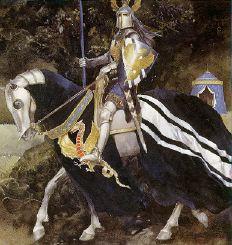There are far too many people in this world with too much money and too much time on their hands.
Reuters is reporting than an Italian scientist named Luigi Garlaschelli, funded under a grant from Italian atheists and agnostics, is claiming he can reproduce the characteristics of the Shroud of Turin using only materials available in medieval times.
The shroud has been defended by believers as the actual burial shroud of Jesus of Nazareth and discarded by critics as a medieval fake. Carbon 14 testing done in the 1980s by three independent labs all dated the shroud to sometime in the 13th or 14th century.
However shroud supporters have put forth a series of arguments to account for what they claim is an incorrect dating. The primary one is that the carbon content of the shroud was contaminated by a 13th century fire.
Garlascielli (go ahead and say that fast five times, I dare you) says he expects to have his findings disputed. I’d say that’s a pretty safe bet.
If we ignore the whole question of "is this the burial shroud of Jesus," the question then becomes "is this an actual 1st century artifact." The consensus of scientific tests and evaluation seems to be no, it isn’t, but rather it dates to around the 13th century.
If there were no religious implications, that would pretty much settle the question but, like Christopher Hitchens says, religion poisons everything so we’ll probably have a passionate debate over Garlascielli's claims.
Assuming Garlaschelli’s techniques prove repeatable, identifying how the shroud may actually have been produced, something which up until now has been a bit of a puzzle, may help to finally lay this dog down, but I doubt it.
Subscribe to:
Post Comments (Atom)


1 comment:
The Garlaschelli shroud mimics neither the chemistry, the physics, nor the forensics of the shroud of Turin. No wonder that he says that people are going to criticize it!
He uses red ochre (a pigment not found on the shroud) and applies it using a model. This is then baked in an oven. This process would destroy the blood evidence on the shroud. The result is some imperfect 3D qualities.
Post a Comment